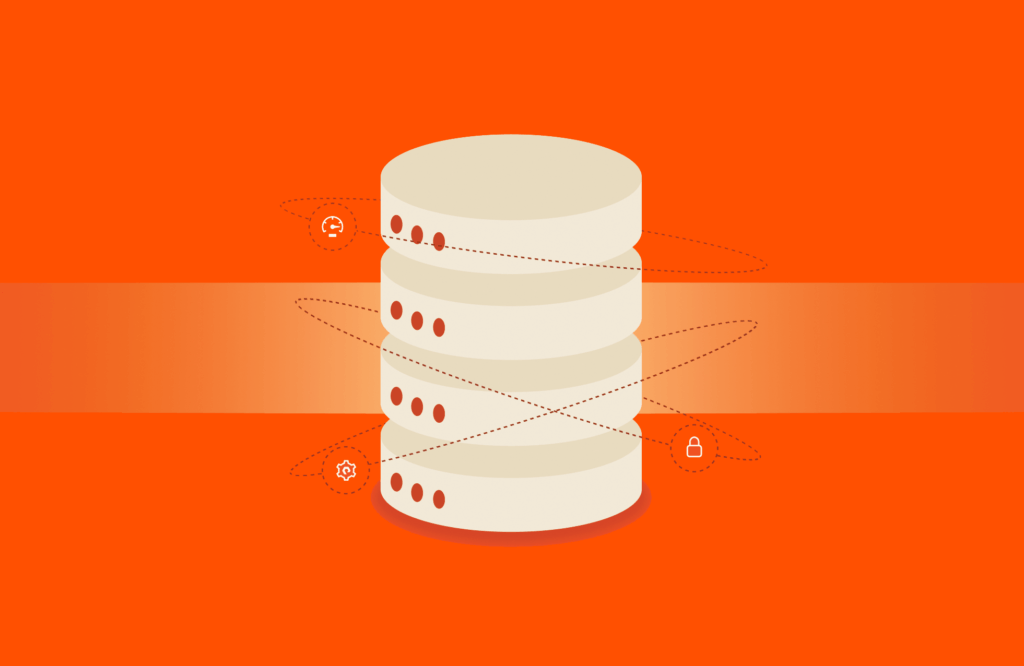Sports and science have always shared trophies, but perhaps no more so than in Formula One. The sport has come a long way from early supercars built by “gentlemen amateurs” taking 13-minute pit stops. Today, the cars are truly emblematic of what excellent engineering, materials, science, and data can do.
F1’s pace is not unlike the field of hardware and software engineering, where competitive R&D and rapid cycles demand the same discipline. Modern data storage, which itself plays a critical role in F1 racing, has also evolved with science, modular design, better efficiency, and, of course, speed.
Let’s look at the formula behind Formula One cars and what this shares with another key to F1: data.
Modular design takes optimization and upgrades to a new level
Over the decades, data, science, and engineering have turned Formula 1 cars into durable prototypes with interchangeable parts that evolve from race to race. It’s an iterative, compartmentalized approach that engineers and technologists have embraced across a multitude of industries, from software development to user experience design.
The 1960s were a turning point, once teams could leverage standard engines and other parts. Today, teams start from scratch each year and iterate throughout the season. This makes cars dynamic and allows teams to take more risks. When something fails, subbing out a critical part keeps the car running. But it’s not just split-second repairs. Entire kits can be swapped based on testing data and tracks. Different aerodynamic packages include interchangeable fiberglass parts. Opting for a rear wing that’s better suited for, say, Monza than Melbourne, could be the difference between Q3 and pole.
Organizations want the same agility from their data, and that’s hard to get from rigid legacy storage that requires a rip and replace each time. To help organizations avoid painful migrations, Pure Storage® has perfected upgradable storage with Evergreen™, where components and capabilities can be continuously refreshed non-disruptively.
Science is the secret sauce
There are no shortcuts to being the best, and the Silver Arrows team set the standard early on. They blew past the competition with uncompromising professionalism and next-level engineering that define the sport today. But science became the true magic when a different discipline joined the ranks: aviation and aeronautics.
As the aircraft industry took off in Europe, engineers and aerodynamicists lent their skills and materials to motorsport (such as Rolls Royce jet engine alloys that operate up to 1,000 degrees Celsius). While engines and gearboxes could be purchased by the late 1960s, chassis and aerodynamic design created the real competitive edge. This meant no compromises and no commodity parts.
Data storage from Pure was also engineered from the ground up with “better science.” DirectFlash® is Pure’s approach to flash memory and an example of our core engineering philosophy: Do things the right way, not the easy way. Like F1 engineers, next-level science makes Pure Storage unique, and a leader.
Pit stops (or downtime) can be strategic
In the 1930s, the Silver Arrows invented the well-orchestrated pit stop that other teams quickly adopted. By 1938, pit stops were around 13 minutes long—a leisurely pace compared to today’s sub-three-second stops.
The strategy behind pit stops changed, too. While early stops were mostly reserved for emergency fixes, today they’re ways to fine-tune or get a fresh set of tires (and a leg up on a competitor). One thing remains the same: Time in the pit is time off the track, which puts points at risk.
Pit stops are a lot like forced downtime in the world of IT. Precious minutes offline translate to lost revenue or worse. Here’s where taking an F1 approach to storage allows upgrades on Pure to happen fluidly and non-disruptively—keeping companies and their operations online.
Engineers follow the data. Everyone else follows them
F1 engineers aren’t working a factory line to build thousands of cars. They’re in the business of perfecting one prototype. Improving the car every single day requires data to get cars in the “right attitude”—that is to say, optimized for the track and the driver. Year-round, R&D never stops and data is the fuel for the fast-paced iteration and engineering.
The engineers at Pure are also committed to constantly improving and upgrading the experience our storage provides. We don’t just store data, we monitor it and analyze it to learn what customers need, sometimes before they even do. With every new launch and release, we’re improving customers’ investments.
Everything is durable and environmentally sustainable
F1 cars handle a lot of wear and tear. Between the g-forces, collisions, 1,000-degree exhaust, and tracks in hot climates, cars have to be durable, but they also need to minimize environmental impact. Moves to drive carbon neutrality and a reduction in CO2 emissions include a transition to renewable energy and cutting-edge innovations, such as greater fuel efficiency, improved thermal efficiency and energy recovery, and enhanced aerodynamics.
Data storage has to be durable, too—especially arrays that hit the road with F1 teams. A mobile data center allows teams to analyze data and monitor performance at the track. It has to be compact, light, and easy to set up, but it also has to be tough. Conditions in the garage can be intense, with equipment, machinery, servers, and cars generating a lot of heat. Pure arrays can stand up to this and require less cooling, preventing a critical data outage at the worst possible moment.
Technology is the enabler, but people are the real magic
In Formula 1, teams have definitely become more technical over the decades, but people have always been their most valuable assets. Not just the drivers, but the analysts, engineers, and IT professionals who keep things running between races.
At Pure, people and their experiences using our technology drive every decision we make. We believe people are among your organization’s most valuable assets, too, along with data. Elevate both with storage that’s built to be upgradable, investment-protected, and sustainable.
![]()




